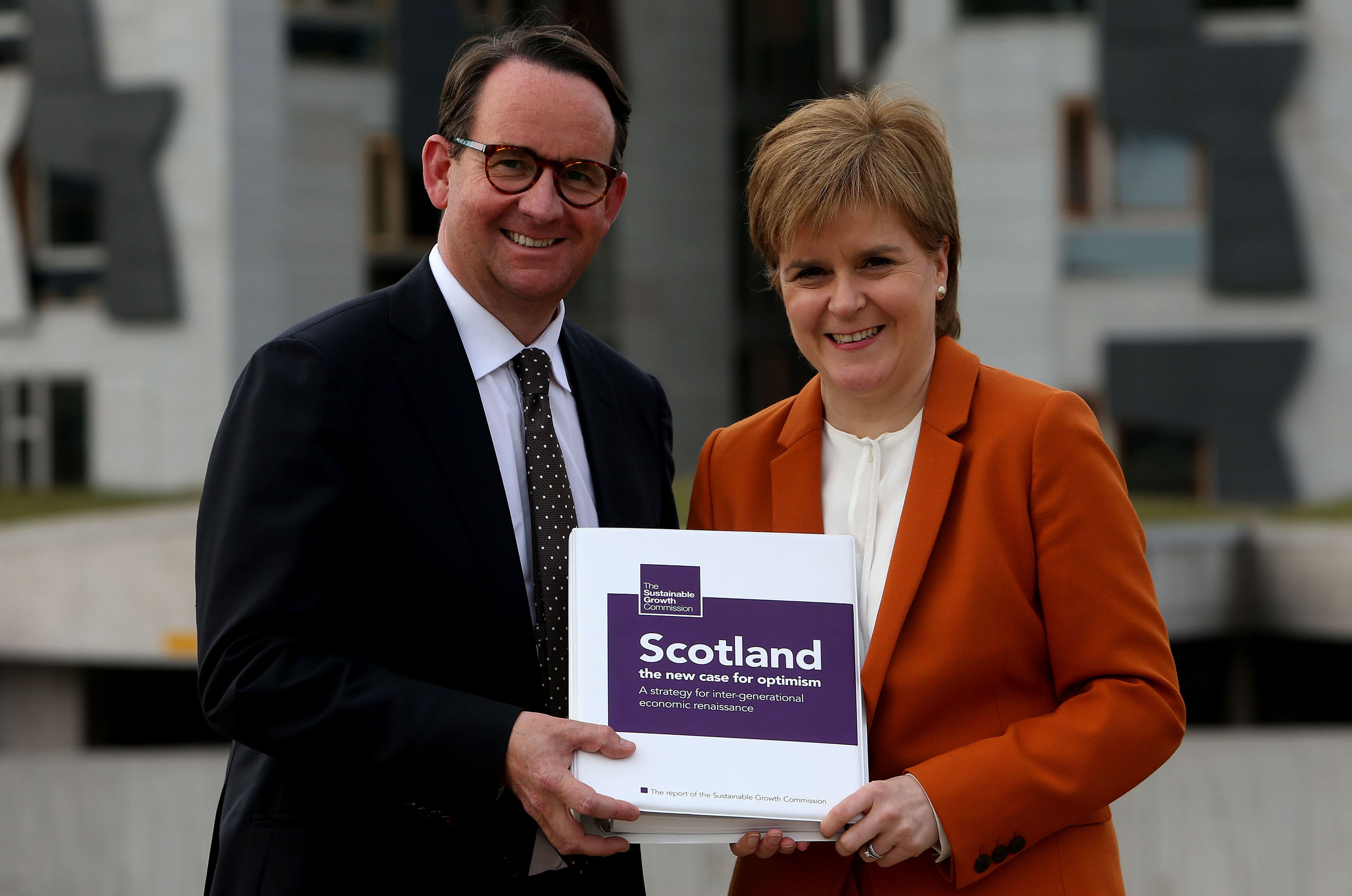
THERE are words, for one reason or another, that simply fall out of common usage and it is perhaps telling, in these times of austerity, that “respair” has become one of them.
It means the return of hope after a period of despair and, while it is a buyers’ market in despair, hope has been in short supply in recent years. However, it is respair that Nicola Sturgeon hopes will turn No to Yes when Scotland is asked to decide…again.
On Friday, the SNP’s long-awaited Growth Commission report was published with the First Minister declaring it a “great foundation” for a positive debate around the benefits of an independent Scotland.
She believes the economic strategies, modelling and big-thinking contained in the report steered by former SNP MSP turned corporate lobbyist, Andrew Wilson, offer a more realistic but hopeful and aspirational vision of an independent Scotland than the one presented to Scots in the White Paper of 2014.
Sturgeon is not a politician who makes decisions quickly and it was rather uncharacteristically rash of her to call for a second referendum immediately after the Brexit vote.
True, Scotland had voted to remain, but the First Minister’s rush to the ballot box revealed more about her personal passion for Europe than an understanding of the public mood.
Ever since, she has been fighting a losing battle to quell her impatient troops who, having been marched up the hill, want a second referendum some time very soon.
Meanwhile, she left the door ajar to a Scottish Conservative leader who managed to detoxify the Tories and tap into a scunnerdness at referenda. Sturgeon paid the price in the general election last year, losing 21 of her MPs.
So she is now facing a dilemma. On one hand, support for independence remains high but not high enough to win; there is a democratic mandate for a second referendum and the current conditions are, in some ways, more conducive than they were back in 2014.
But on the other, it is still too soon to see the economic consequences of a hard Brexit; there’s a Scottish Parliament election in 2021 in which the independence block of SNP and Green MSPs could be lost and there’s a general election in 2022 which the Tories could still win.
Sturgeon is not normally one to gamble and so she is banking on the intellectual heft and much-vaunted realism behind the Growth Commission report to buy her the time to build an argument and paint a vision of a brighter future than that which is being offered by being part of the UK and out of the EU.
By then, she hopes Scotland will be ready for a little respairing too.

Enjoy the convenience of having The Sunday Post delivered as a digital ePaper straight to your smartphone, tablet or computer.
Subscribe for only £5.49 a month and enjoy all the benefits of the printed paper as a digital replica.
Subscribe